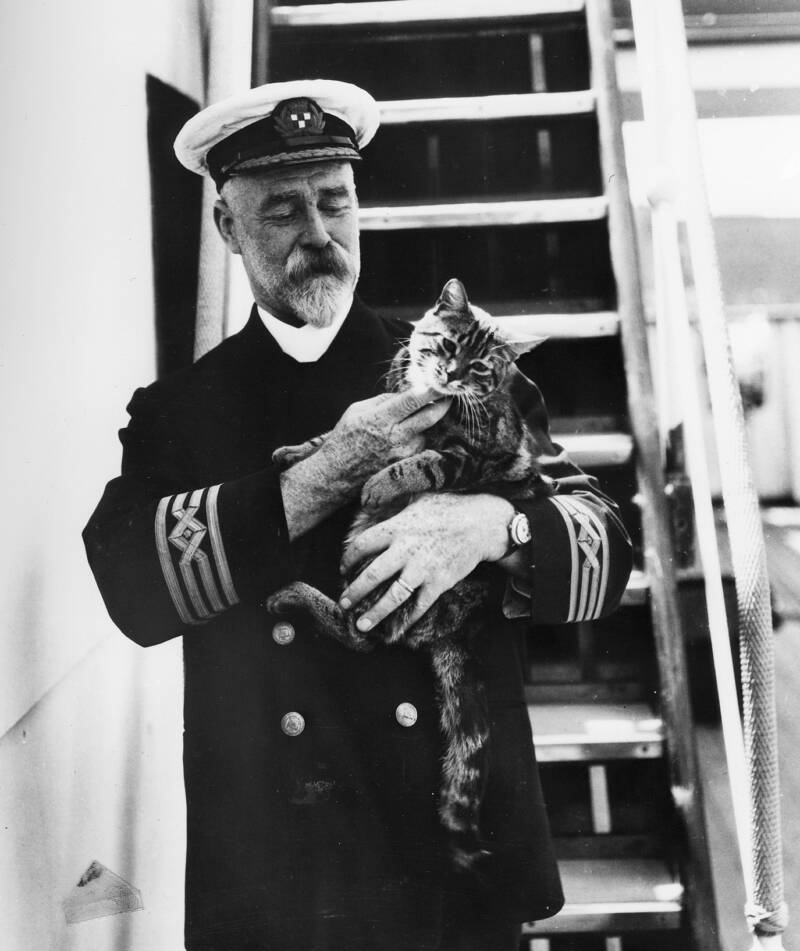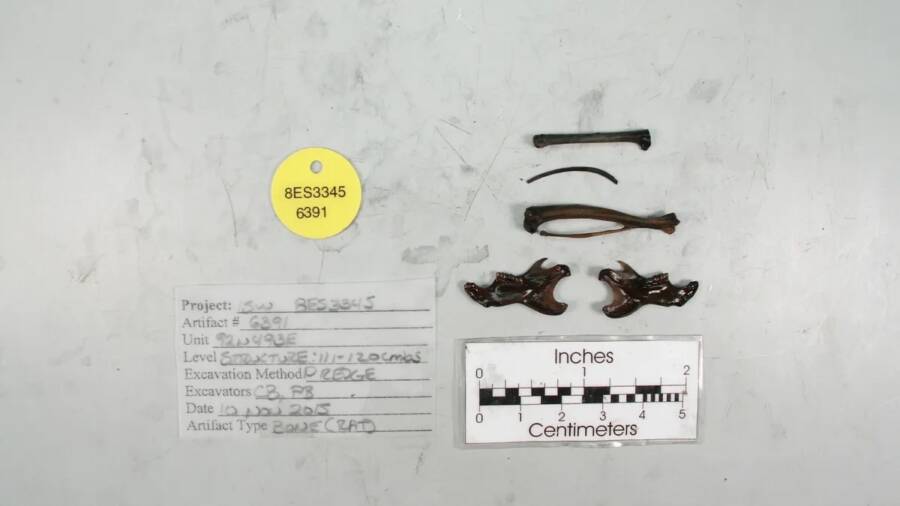Cat bones found among the wreckage of a Spanish ship from 1559 represent the earliest known example of domesticated cats in what is now the United States.

Ludemeula Fernandes/UnsplashThe first domesticated cats in North America likely came on ships alongside Spanish conquistadors.
Countless studies have examined the historical link between mankind and dogs, given their status as “man’s best friend.” Cats, however, haven’t received the same archaeological attention despite also living alongside humans for thousands of years, largely because they are more independent and offer less insight into society.
That said, a new study published in American Antiquity claims to have found the earliest evidence of domestic cats in what’s now the United States. The felines perished in a shipwreck off the coast of Florida in 1559, but their remains are providing fresh insight into the history of cats in America.
The History Of Domestic Cats In The New World
Cats, like many other domesticated animals, made their way to the New World on European ships. However, it wasn’t clear when exactly the first felines were introduced to North America.
According to this latest study, cats had spread from the Middle East to the Mediterranean basin by 400 B.C.E. and were then introduced to the Canary Islands around the 15th century to help control rodent and rabbit populations, but there was never any clear, direct link between either of these cat populations and domestic cats in the Americas.
Some have suggested cats could have been on board Christopher Columbus’ ships, but there are no records to confirm this. There is documentation of cat remains in the Caribbean starting around 1492. Domestic cats may have also been transported from the Canary Islands to La Isabela in the Dominican Republic, the first Spanish settlement and town in the Americas, in 1493. Evidence of cats in what is now Haiti also supports the claim that Columbus had cats aboard his ship.

University of British Columbia Library Special CollectionsShip’s cats remained common throughout the 20th century. Pictured here is Captain A. J. Hailey and his cat on the RMS Empress of Canada around 1920.
Columbus never stepped foot on the mainland of North America, though.
However, in 2006, researchers found the remains of two domestic cats among the wreckage of a ship that sank off the coast of Florida in September 1559. The vessel, Emanuel Point II, had been part of a colonization expedition led by Spanish conquistador Tristán de Luna y Arellano when it was destroyed by a hurricane while anchored in Pensacola Bay.
Researchers have now analyzed those feline remains — and they believe the cats on the Emanuel Point II may have been the very first to arrive in what’s now the U.S.
The Domestic Cat Remains Found In A Spanish Shipwreck
The research team conducted a number of tests to gain an understanding of what the cats that perished aboard the Emanuel Point II ate, how big they grew, and what role they served on the Spanish vessel.
The remains belonged to one adult cat and one juvenile cat. Analysis confirmed that they were indeed domestic cats (Felis catus), and genetic testing showed that they had European heritage. Thus, they must have traveled over the Atlantic on a Spanish ship — or were descended from cats who had previously done so. The creatures may have boarded the vessel unbeknownst to the crew, or they may have been brought on purposely for pest control.

John BrattenCat and rat bones found among the wreckage of the Emanuel Point II.
Researchers also determined what the adult cat’s diet had consisted of — and were surprised to learn that it wasn’t mostly rats. Instead, it had eaten mainly fish and possibly even domestic meat, a diet similar to that of the Spanish sailors.
The crew members may have shared their food with the cats out of necessity if there weren’t enough rats and mice onboard to sustain the felines. Or, they could have given the creatures scraps out of affection.
Today, one in every three U.S. households has a pet cat — but feline ownership in North America seemingly all began with the two cats who died on the Emanuel Point II.
After reading about how domesticated cats made their way to North America, check out seven places from around the world that have become completely overrun with cats. Then, take a look at Aoshima, Japan’s famous “Cat Island.”





